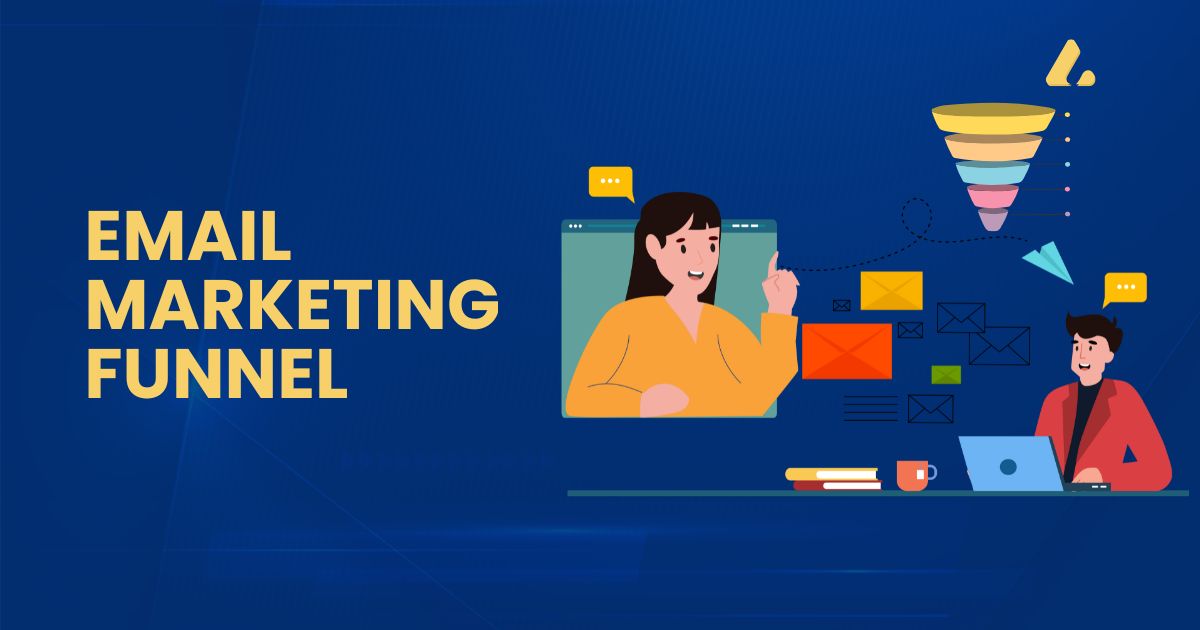
Email marketing remains one of the highest-performing digital marketing channels, delivering an average return of $42 for every $1 spent. But here’s the thing: sending random promotional emails to your entire list won’t cut it anymore. Smart marketers know that success lies in building strategic email marketing funnels that guide prospects through a carefully crafted journey from awareness to purchase.
An email marketing funnel is a series of automated emails designed to nurture leads and move them closer to making a purchase decision. Unlike one-off email campaigns, funnels work around the clock, delivering the right message to the right person at exactly the right time.
This guide will walk you through everything you need to know about creating email marketing funnels that actually convert. You’ll learn how to map out your customer journey, craft compelling content for each stage, and set up automation that turns subscribers into loyal customers.
Understanding Email Marketing Funnels

Think of an email marketing funnel as a roadmap that guides your subscribers from their first interaction with your brand to becoming paying customers. Each email serves a specific purpose, addressing the questions and concerns your prospects have at different stages of their buying journey.
The beauty of email funnels lies in their ability to deliver personalized experiences at scale. While you’re sleeping, your funnel is working to educate prospects, build trust, and gently guide them toward a purchase decision. This automated approach ensures no lead falls through the cracks while freeing up your time to focus on other aspects of your business.
Most successful email funnels follow a similar structure: they start by providing value and building trust, gradually introduce your products or services, address common objections, and finally present compelling offers. The key is making each step feel natural and helpful rather than pushy or salesy.
Types of Email Marketing Funnels
Different business goals require different funnel approaches. Understanding which type best serves your objectives will help you create more targeted and effective campaigns.
Lead Nurturing Funnels
Lead nurturing funnels focus on building relationships with potential customers who aren’t ready to buy immediately. These funnels typically span several weeks or months, providing valuable content that positions your brand as a trusted authority in your industry.
A typical lead-nurturing sequence might start with a welcome email, followed by educational content, case studies, customer testimonials, and soft product introductions. The goal is to stay top-of-mind while gradually building trust and demonstrating your expertise.
Product Launch Funnels
Product launch funnels create excitement and urgency around new offerings. These sequences usually run for 7-14 days, building anticipation before the launch date and maintaining momentum during the sales period.
Effective launch funnels often include behind-the-scenes content, early access offers for loyal subscribers, social proof from beta users, and limited-time bonuses to encourage quick action.
Sales Funnels
Sales funnels are designed to convert warm leads into customers quickly. These tend to be shorter and more direct than nurturing funnels, focusing on addressing objections and presenting compelling offers.
A sales funnel might include problem identification emails, solution presentation, social proof, urgency creation, and final opportunity messages.
Re-engagement Funnels
Re-engagement funnels target subscribers who have become inactive, attempting to win them back before they completely disengage from your brand. These funnels often include special offers, surveys to understand why they’ve become less engaged, and reminder content about the value you provide.
Planning Your Email Funnel Strategy
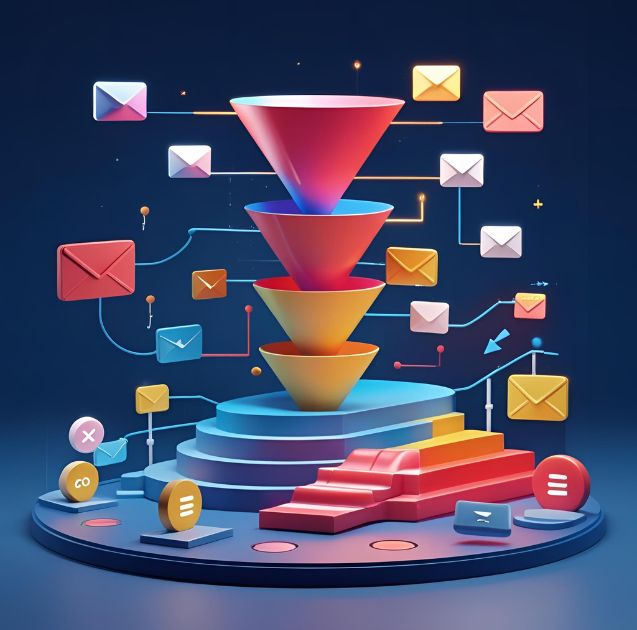
Before writing a single email, you need to clearly define your funnel’s purpose and structure. Start by identifying your primary goal: Are you trying to nurture new leads, launch a product, or re-engage inactive subscribers?
Next, map out your customer journey. Consider the questions, concerns, and motivations your prospects have at each stage. What information do they need to move from awareness to consideration? What objections might prevent them from making a purchase?
Understanding your audience’s mindset allows you to create content that resonates and addresses their specific needs. Use customer surveys, sales team feedback, and past purchase data to inform this process.
Determine your funnel length based on your sales cycle and audience behavior. Complex, high-ticket items typically require longer nurturing periods, while simpler purchases might convert with shorter sequences.
Finally, establish clear metrics for success. Whether it’s open rates, click-through rates, or conversion rates, having specific benchmarks helps you optimize your funnel over time.
Crafting Compelling Funnel Content
Great funnel content strikes the perfect balance between being helpful and promotional. Each email should provide genuine value while subtly moving subscribers toward your desired action.
Welcome Emails
Your welcome email sets the tone for the entire relationship. Thank subscribers for joining your list, clearly explain what they can expect from your emails, and deliver on any promises you made during the opt-in process.
Consider including a special welcome offer or exclusive content to immediately demonstrate the value of being on your list. This positive first impression significantly impacts future engagement rates.
Educational Content
Educational emails position you as an expert while helping subscribers solve real problems. Share industry insights, how-to guides, tips and tricks, or behind-the-scenes content that your audience finds valuable.
The key is making this content genuinely useful, not just thinly veiled sales pitches. When you consistently provide value, subscribers are more likely to trust your recommendations and consider your paid offerings.
Social Proof and Testimonials
People trust other people more than they trust brands. Include customer testimonials, case studies, user-generated content, and social media mentions throughout your funnel to build credibility and reduce purchase anxiety.
Be specific with your social proof. Instead of generic praise, share detailed success stories that your prospects can relate to and envision for themselves.
Promotional Emails
When you do promote your products or services, focus on benefits rather than features. Explain how your offering solves specific problems or improves your customer’s life.
Create urgency through limited-time offers, exclusive bonuses, or scarcity tactics, but use these techniques sparingly and authentically. False urgency can damage trust and hurt long-term relationships.
Setting Up Email Automation
Most email marketing platforms offer automation features that make funnel creation straightforward. Popular options include Mailchimp, ConvertKit, ActiveCampaign, and HubSpot, each with different strengths and pricing structures.
Start by setting up your trigger events—the actions that start your funnel sequence. Common triggers include new subscriber opt-ins, specific link clicks, purchase behavior, or date-based events like birthdays or anniversaries.
Configure your email timing carefully. Too frequent, and you’ll overwhelm subscribers; too sparse, and you’ll lose momentum. Test different intervals to find what works best for your audience and industry.
Use segmentation to personalize your funnels based on subscriber characteristics or behavior. Someone who joined your list through a specific lead magnet might have different interests from someone who subscribed for general updates.
Set up proper tracking and analytics from the beginning. Most platforms provide detailed reports on open rates, click-through rates, and conversions, but you may want to integrate with Google Analytics or other tools for deeper insights.
Optimizing Funnel Performance
Creating your initial funnel is just the beginning. Continuous optimization is essential for maximizing results and staying competitive.
Monitor key metrics regularly, including open rates, click-through rates, conversion rates, and unsubscribe rates. Look for patterns in subscriber behavior and identify emails that consistently over- or under-perform.
A/B testing is crucial for funnel optimization. Test subject lines, send times, email length, call-to-action buttons, and content approaches. Even small improvements can significantly impact overall funnel performance.
Pay attention to where subscribers drop off in your sequence. High unsubscribe rates after specific emails indicate content or timing issues that need addressing.
Gather feedback directly from your audience through surveys or reply-to emails. Understanding why people engage or disengage provides valuable insights for improvement.
Common Email Funnel Mistakes to Avoid
Many businesses make predictable mistakes when creating their first email funnels. Being too promotional too quickly is perhaps the most common error. Build trust and provide value before asking for sales.
Neglecting mobile optimization can severely impact your results, as more than half of emails are opened on mobile devices. Ensure your emails look great and function properly on all screen sizes.
Sending emails too frequently or infrequently can hurt engagement. Find the right balance for your audience and stick to a consistent schedule.
Failing to segment your audience results in generic messages that don’t resonate with specific subscriber groups. Use available data to create more targeted, relevant content.
Ignoring email deliverability best practices can land your messages in spam folders. Maintain good list hygiene, use double opt-ins, and follow anti-spam regulations.
Measuring Success and ROI
Tracking the right metrics helps you understand your funnel’s effectiveness and identify areas for improvement. Beyond basic open and click rates, monitor conversion rates, revenue per email, and customer lifetime value.
Calculate your funnel’s return on investment by comparing the revenue generated to the costs of email platform subscriptions, content creation, and time invested. This data helps justify your email marketing efforts and guide budget decisions.
Use attribution modeling to understand how email marketing contributes to your overall sales process. Many customers interact with multiple touchpoints before making a purchase, and email often plays a supporting role in final conversions.
Set up goal tracking in Google Analytics to see how email subscribers behave on your website compared to other traffic sources. This information helps you optimize both your emails and your landing pages.
Taking Your Email Funnel to the Next Level
Once you’ve mastered basic email funnels, consider advanced strategies like behavioral triggers, dynamic content, and cross-channel integration. These techniques can significantly improve personalization and conversion rates.
Behavioral triggers respond to specific subscriber actions, such as abandoning a shopping cart or visiting certain website pages. These highly relevant messages often achieve much higher engagement rates than standard scheduled emails.
Dynamic content allows you to customize email elements based on subscriber data, showing different products, offers, or messages to different segments within the same email campaign.
Integrating your email funnels with social media, SMS marketing, and other channels creates a cohesive customer experience that reinforces your messaging across multiple touchpoints.
Remember that successful email funnels require ongoing attention and optimization. Regularly review your performance data, test new approaches, and adapt to changing subscriber preferences and market conditions.
Email marketing funnels represent one of the most effective ways to build relationships with prospects and convert them into loyal customers. By following the strategies outlined in this guide and committing to continuous improvement, you’ll be well on your way to creating funnels that drive real business results.


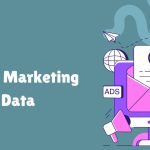
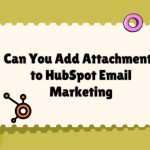

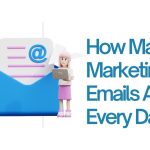

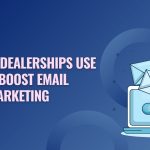






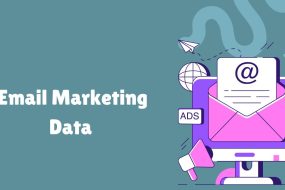
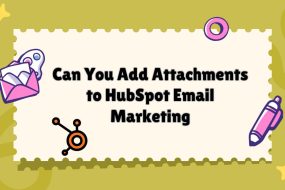
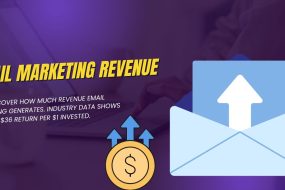
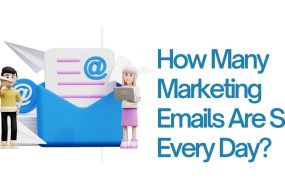
No Comments